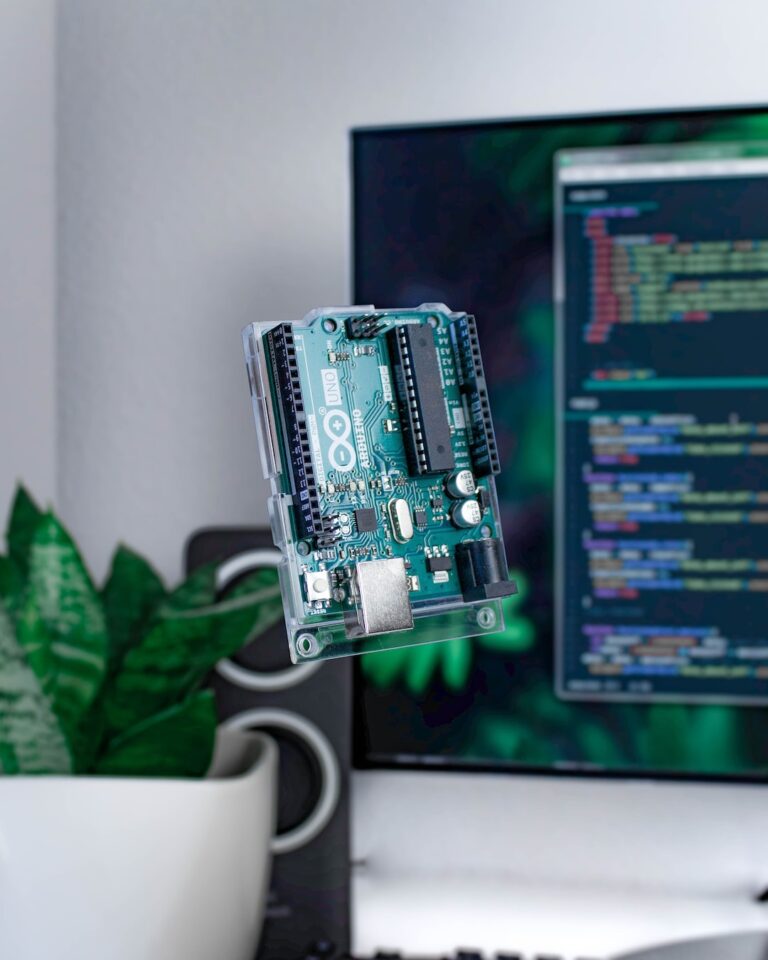Solidity, the high-level programming language for implementing smart contracts on the Ethereum blockchain, offers a robust system for managing variable scope. Proper understanding of variable scope is crucial for writing secure and efficient smart contracts. In this guide, we delve deep into the intricacies of variable scope in Solidity, ensuring you have a solid grasp of this fundamental concept.
Understanding Variable Scope in Solidity
In Solidity, the scope of a variable determines the part of the code where the variable can be accessed or modified. There are two primary types of variables in Solidity:
- Local Variables: These are variables declared within a function. Their scope is limited to the function in which they are defined.
- State Variables: These are variables declared outside any function and represent the contract's state. State variables can have three distinct scopes:
- Public: Public state variables can be accessed both internally within the contract and externally via messages. For every public state variable, Solidity automatically generates a getter function.
- Internal: These state variables are accessible only within the current contract or contracts that inherit from it. They cannot be accessed using the
thiskeyword. - Private: Private state variables are strictly accessible within the contract they are defined. Even derived contracts cannot access them.
Delving into Solidity Variable Scope with Examples
Let's explore the concept of variable scope in Solidity with some illustrative examples:
pragma solidity ^0.5.0;
contract C {
uint public data = 30; // Public state variable
uint internal iData= 10; // Internal state variable
function x() public returns (uint) {
data = 3; // Internal access to public state variable
return data;
}
}
contract Caller {
C c = new C();
function f() public view returns (uint) {
return c.data(); // External access to public state variable
}
}
contract D is C {
function y() public returns (uint) {
iData = 3; // Internal access to internal state variable
return iData;
}
function getResult() public view returns(uint){
uint a = 1; // Local variable
uint b = 2; // Local variable
uint result = a + b;
return storedData; // Accessing the state variable
}
}Conclusion
Understanding variable scope in Solidity is paramount for writing secure and effective smart contracts. By ensuring that variables are appropriately scoped, developers can prevent unintended access and modifications, thereby enhancing the security and efficiency of their contracts.
FAQs:
- What is variable scope in Solidity? Variable scope in Solidity determines where a variable can be accessed or modified. It can be local (limited to a function) or state (representing the contract's state with public, internal, or private access).
- How is a public state variable accessed in Solidity? A public state variable in Solidity can be accessed both internally within the contract and externally via messages. Solidity automatically generates a getter function for every public state variable.
- Can derived contracts access private state variables? No, private state variables in Solidity are strictly accessible within the contract they are defined. Derived contracts cannot access them.


